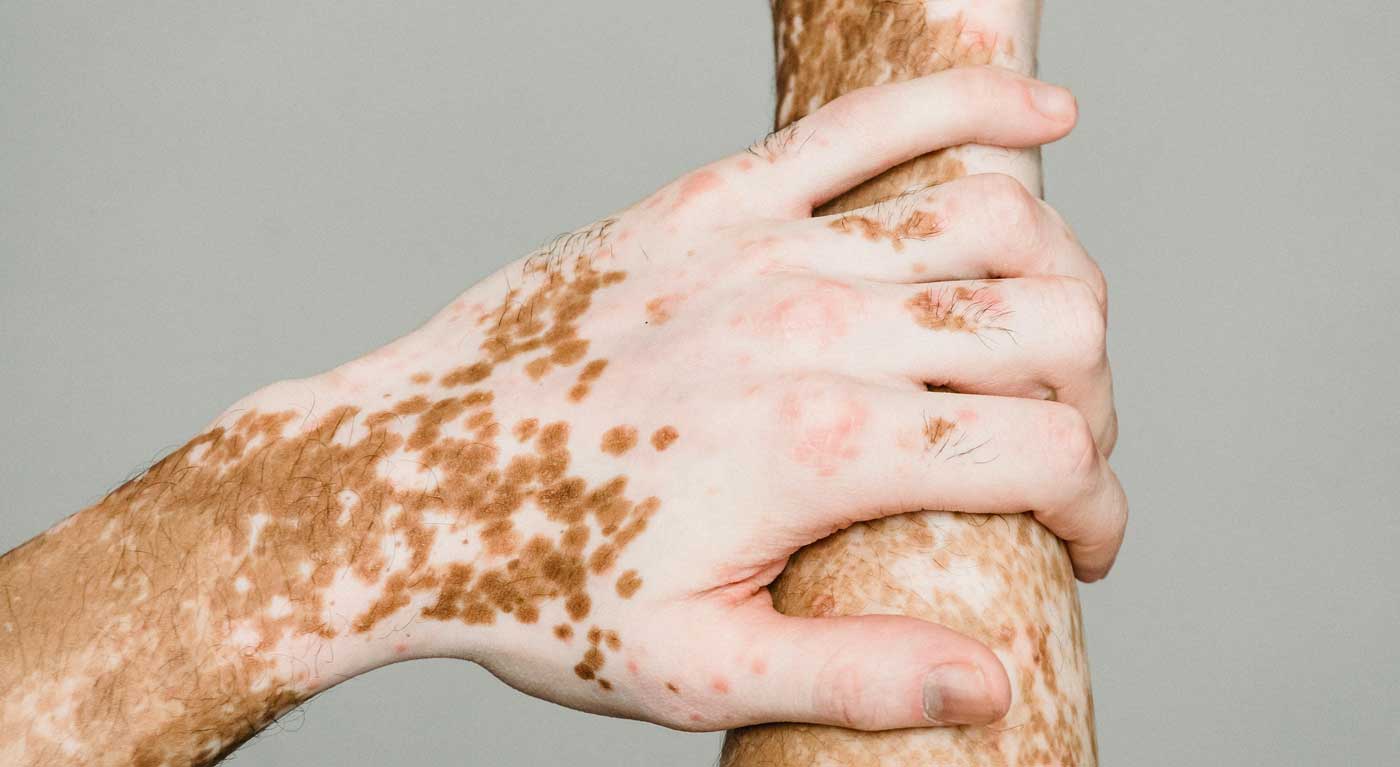What is Vitiligo?
Vitiligo (vit-ih-LIE-go) is a disease that causes loss of skin color in patches. The discolored areas usually get bigger with time. The condition can affect the skin on any part of the body. It can also affect hair and the inside of the mouth.
Normally, the color of hair and skin is determined by melanin. Vitiligo occurs when cells that produce melanin die or stop functioning. Vitiligo affects people of all skin types, but it may be more noticeable in people with brown or Black skin. The condition is not life-threatening or contagious. It can be stressful or make you feel bad about yourself.
Common Cause of Vitiligo
Vitiligo occurs when pigment-producing cells (melanocytes) die or stop producing melanin — the pigment that gives your skin, hair and eyes color. The involved patches of skin become lighter or white. It’s unclear exactly what causes these pigment cells to fail or die. It may be related to:
- A disorder of the immune system (autoimmune condition)
- Family history (heredity)
- A trigger event, such as stress, severe sunburn or skin trauma, such as contact with a chemical
How to treat Vitiligo
The choice of treatment depends on your age, how much skin is involved and where, how quickly the disease is progressing, and how it’s affecting your life.
Medications
- Drugs that control inflammation
- Medications that affect the immune system
Therapies
- Light therapy
- Combining psoralen and light therapy
- Removing the remaining color (depigmentation)
Surgery
- Skin grafting
- Blister grafting
- Cellular suspension transplant
Potential Future Treatments
- A drug to stimulate color-producing cells (melanocytes)
- A drug that helps control melanoctyes

